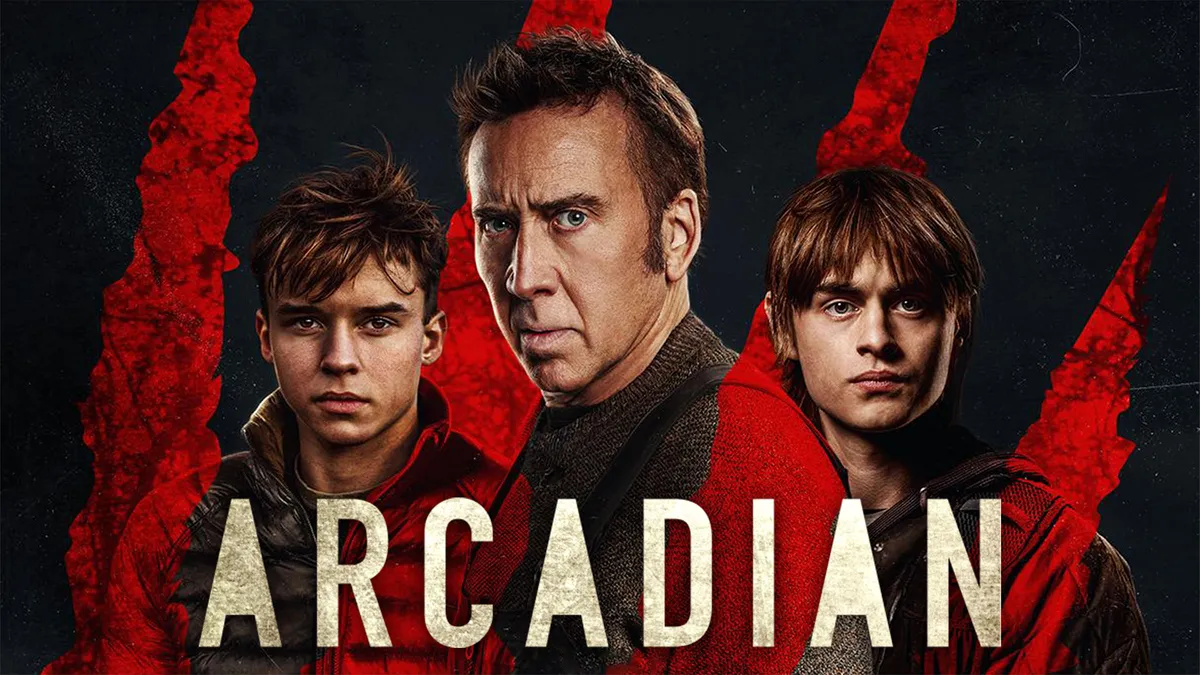In the heart of bustling New York City, where skyscrapers pierce the winter sky and snow-dusted streets twinkle with holiday magic, Home Alone 2: Lost in New York delivers a timeless tale of mischief, resilience, and unexpected kindness. Directed by Chris Columbus and released in 1992, this beloved sequel captures the spirit of childhood wonder while elevating the stakes of its predecessor. Kevin McCallister may be alone once more—but this time, he's not just defending his home. He’s exploring a world far bigger than he ever imagined.

The film begins with chaos, as it always does in the McCallister household. The family prepares for another holiday vacation, this time to sunny Florida. But amidst the airport rush, young Kevin, played once again with charming mischief by Macaulay Culkin, gets separated from his family and boards the wrong plane—one bound for New York City. Armed only with his dad’s credit card and an unstoppable sense of adventure, Kevin finds himself in the Big Apple, a playground of endless possibilities and hidden dangers.
While his family panics thousands of miles away, Kevin checks into the lavish Plaza Hotel, charms the concierge with his signature cleverness, and lives out every child’s fantasy: eating room service ice cream sundaes, exploring toy stores, and watching gangster movies in a giant bed. But as the glitter fades, Kevin learns that being alone—even in a city that never sleeps—can feel overwhelming.
The heart of Home Alone 2 lies not only in its slapstick humor and inventive traps, but in Kevin’s emotional journey. He is not just a boy lost in a city—he’s a boy discovering how to navigate life’s challenges with courage and compassion. His encounter with the mysterious Pigeon Lady in Central Park becomes a pivotal moment. Beneath her layers of coats and silence is a soul wounded by loneliness. Through quiet conversation and shared fears, Kevin learns the power of empathy, and the Pigeon Lady finds a reason to trust again.
But no Home Alone film would be complete without its villains—and Harry and Marv, the “Wet Bandits” turned “Sticky Bandits,” return in delightfully foolish fashion. Newly escaped from prison, they set their sights on robbing Duncan’s Toy Chest, a grand toy store that donates its holiday profits to children’s charities. Kevin, discovering their plan, transforms an empty townhouse under renovation into a booby-trapped war zone, armed with bricks, paint cans, electrified sinks, and his unshakable determination. The result? An unforgettable showdown filled with comic brutality that had audiences howling with laughter.
What makes Home Alone 2 truly memorable is its mix of humor, heart, and holiday spirit. The city is not just a backdrop—it’s a character itself, full of wonder, danger, and unexpected warmth. Scenes like Kevin watching the Rockefeller Center Christmas Tree, or running through the snow-filled streets with the melody of “Somewhere in My Memory” echoing in the background, capture the bittersweet beauty of being young and far from home.
In the end, Kevin reunites with his family, not in a house, but under the glow of the tree in Rockefeller Center. There are hugs, apologies, and of course, scoldings. But most importantly, there’s love. Kevin may have been lost in New York, but he found something greater: a deeper understanding of himself, others, and the importance of being together—especially at Christmas.
Home Alone 2: Lost in New York is more than a sequel. It’s a story about growing up, about how kindness can be found in the strangest places, and how even the smallest child can make a big difference. With its timeless humor, heartfelt message, and festive charm, it remains a holiday classic for generations to come.


